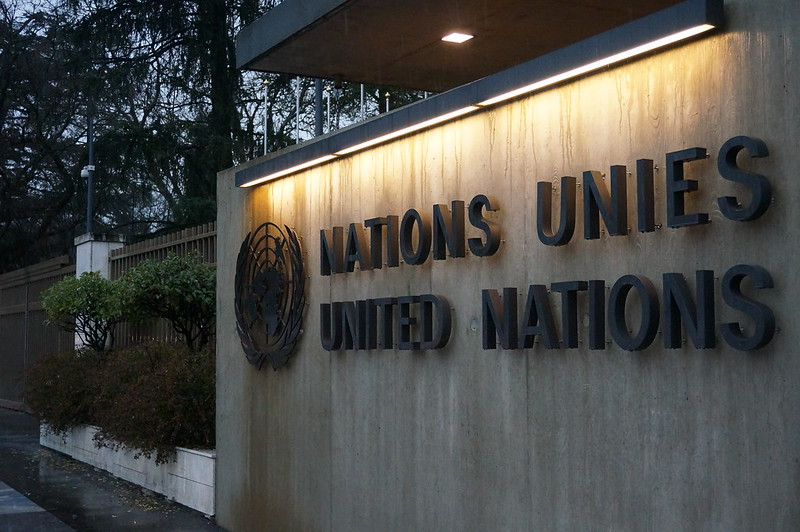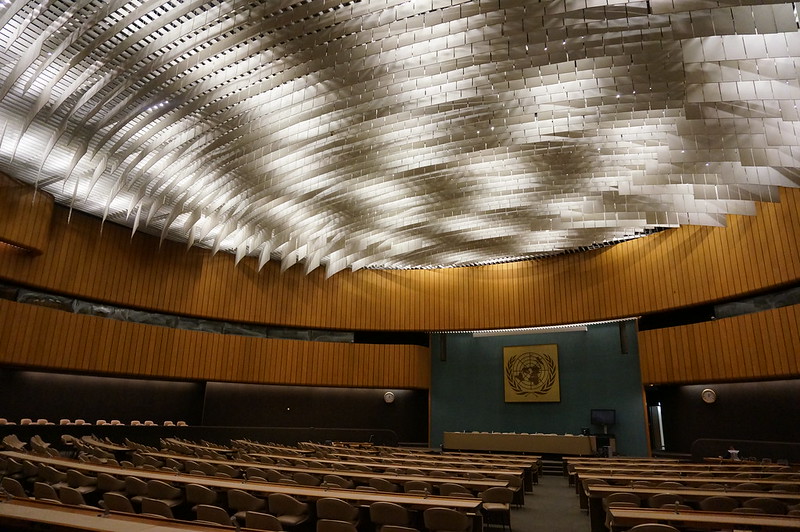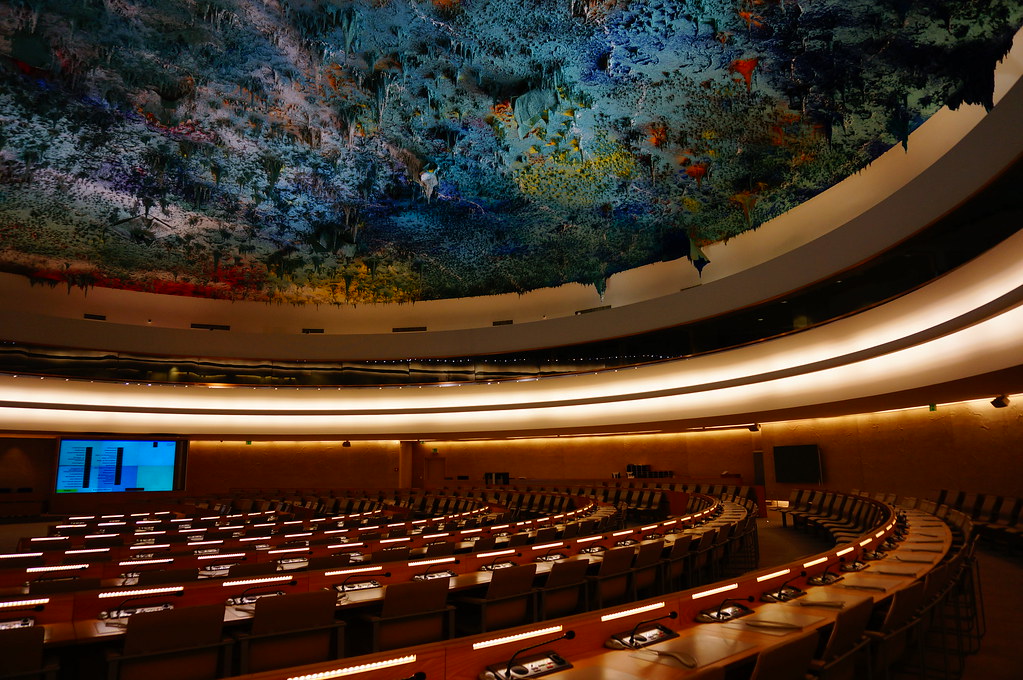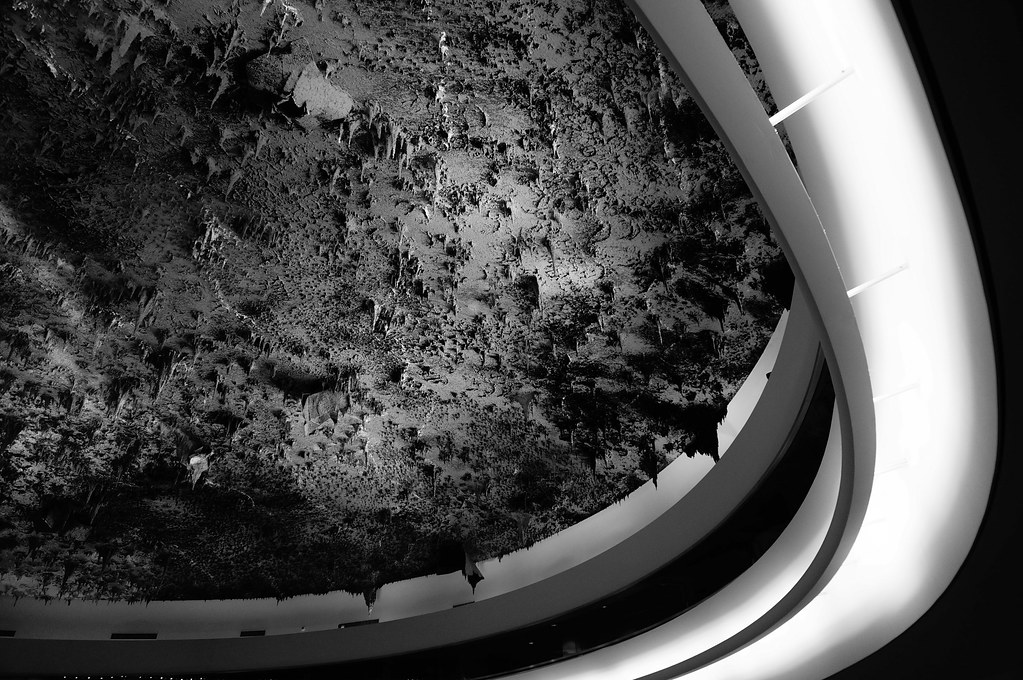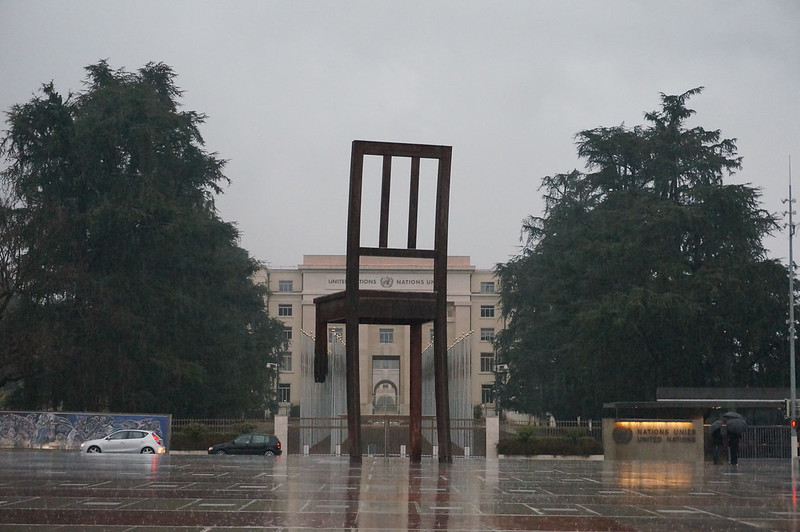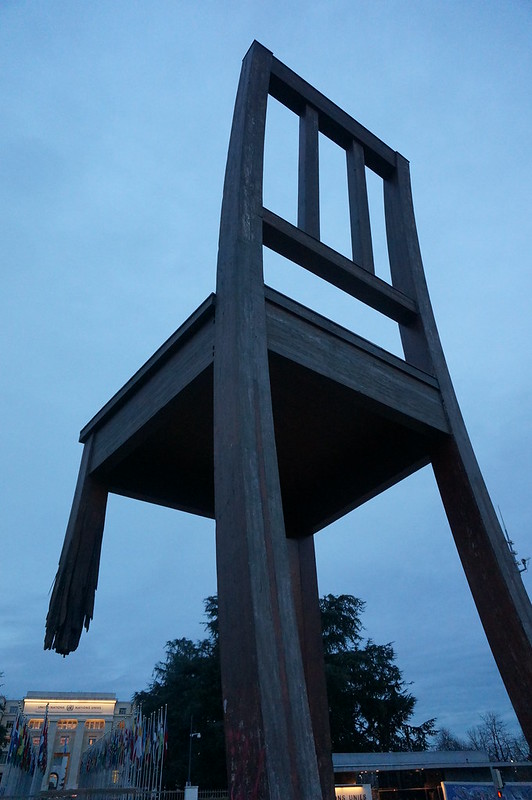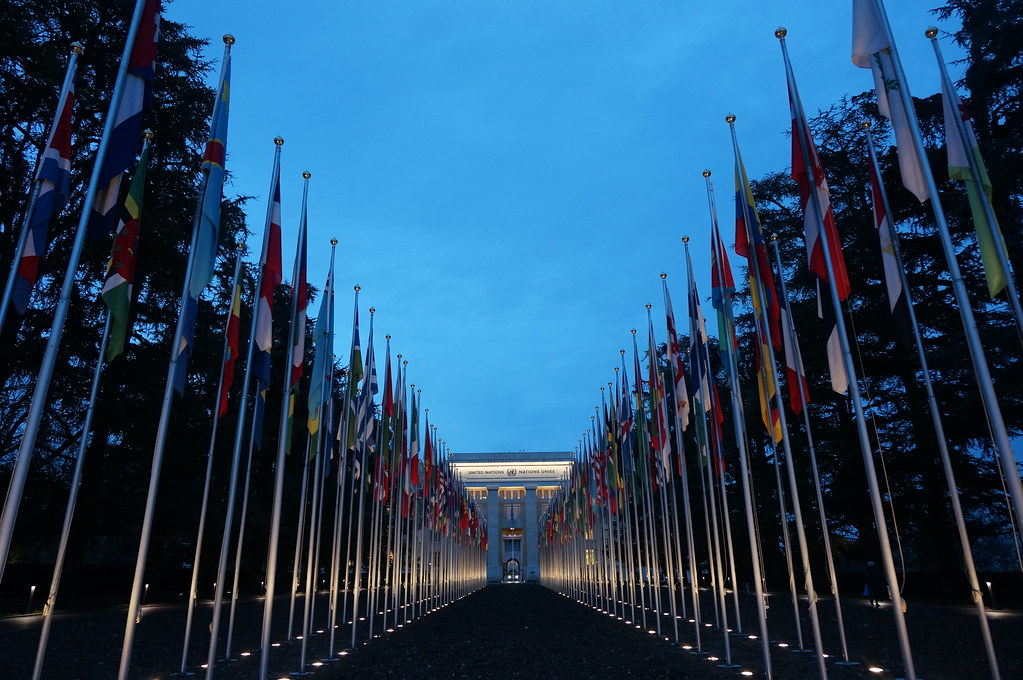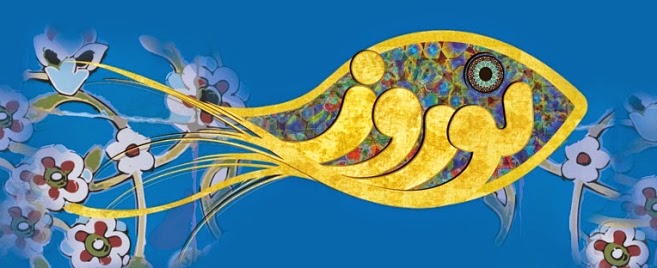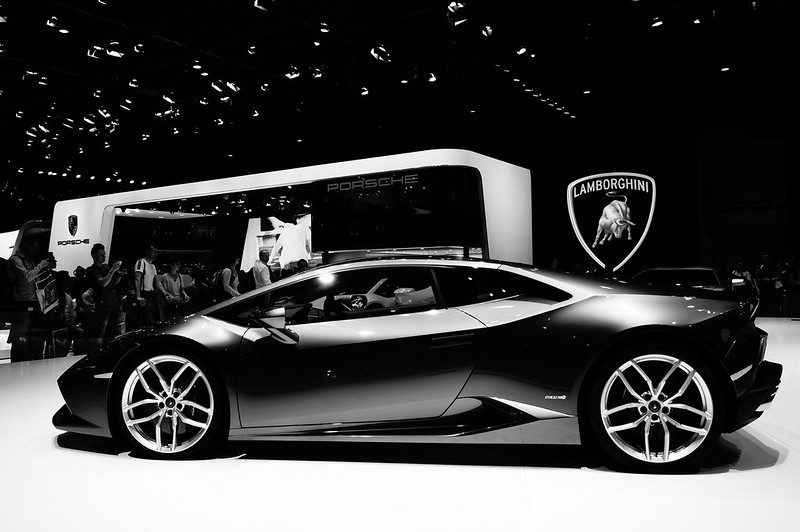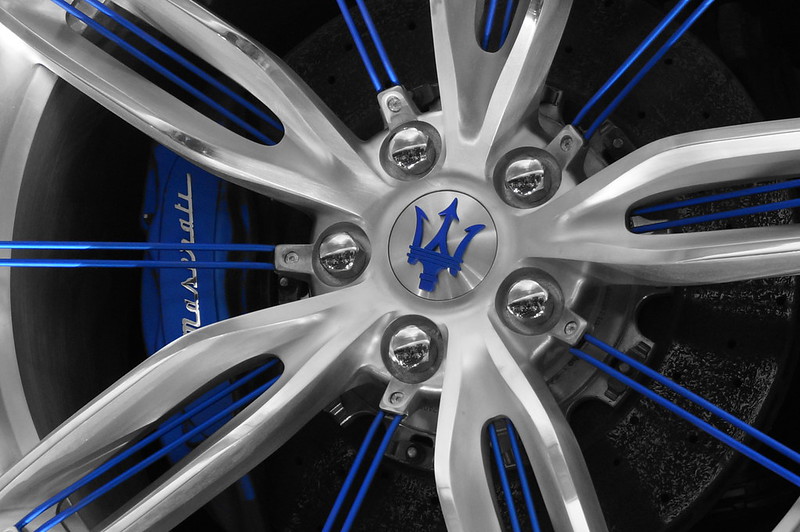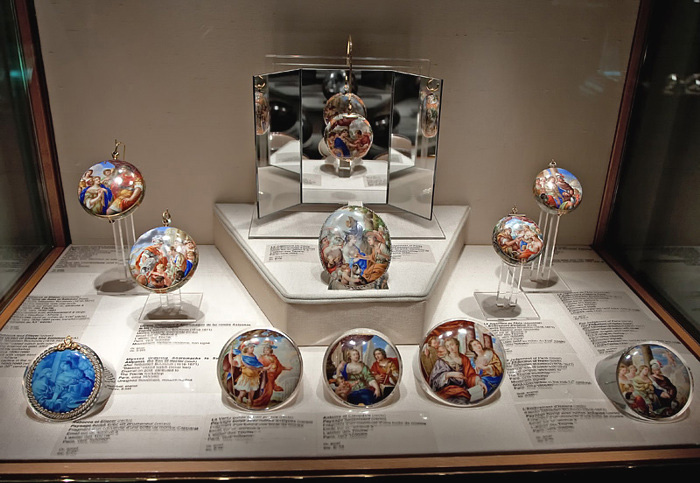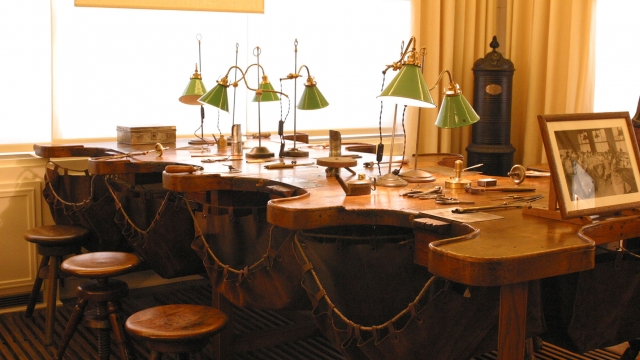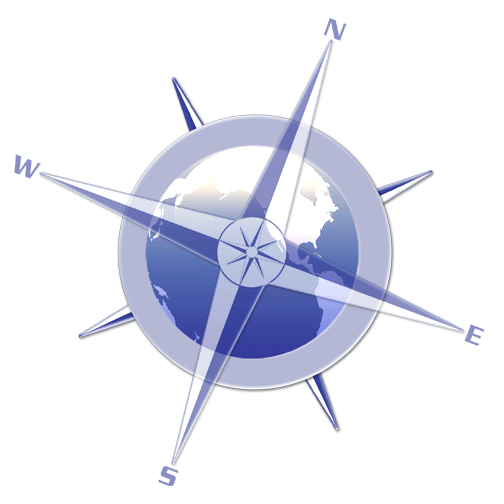O city of sound and motion!
O city of endless stir!From the dawn of the misty morning,To the fall of the evening air;From the night of the morning shadowsTo the sound of the shipyard horn;We hail thee Queen of the Northland,We who are Belfast born.
~Thomas Carnduff, Songs from the Shipyards, 1924
Belfast as a city has a fascinating history. In addition to all of its political history from The Troubles, Belfast is also one of the capitals of shipbuilding around the globe because of its deep harbor and played an important role in industrialization at the turn of the century. In fact, Belfast is where the Titanic was built and the port from which she sailed on her ill-fated voyage. The harbor today is still an important feature in international shipping and shipbuilding. When I visited in March, the harbor's activity centered around a large oil rig that had been hauled across the Atlantic Ocean from Brazil in order to be repaired in Belfast before being returned to Brazil. One of the main reasons why the rigger traveled such a great distance for its repairs is due to its size and the fact that the Belfast shipyard is one of the few in the world that can accommodate such large jobs. And in the middle of the vast shipyard, sits the Titanic Museum.
The museum is really interactive and takes you through the development and growth of the shipbuilding industry in Belfast's earlier days to the birth of the Titanic, what went wrong on her voyage, and the discovery of her remains on the ocean floor. In this post, I am including my pictures and video from the museum, as well as some of the fascinating history from the museum's several exhibits as written by the museum. Enjoy!
The Harbor and Early Shipbuilding in Belfast
From the early 1600s, Belfast had a port where the rivers Lagan and
Farset meet. The port became
increasingly important for trade, and by the early 1700s was the leading port
in the north of Ireland.
As trade expanded, the quays were enlarged to accommodate more
ships. However, shallow water, bends in
the river channel, and inadequate quays were restricting growth. By 1785, the Ballast Board was formed to
manage and improve the port and harbor.
In the mid 1800s, the Lagan was straightened and the Victoria Channel
was created to improve access. Improving the flow of the Lagan and expanding the harbor and shipbuilding facilities allowed shipbuilding to flourish on a large scale in Belfast.
The earliest record of ships being built in Belfast is from 1663. Shipbuilding as a major industry began in
1791 when William Ritchie established his works on the Lagan. At this time, ships were built from wood. In 1838, the first iron vessel was built in Belfast. This was a Lough Neagh steamer – the Countess
of Caledon. In the second half of the 19th
century, Belfast became renowned for constructing iron and later steel ships.
Samson and Goliath
Even today, Belfast is famous for its shipbuilding (as seen in the oil rigger described above). One of the reasons why is that the Belfast shipyard is home to cranes of Biblical proportions, aptly named Samson and Goliath. Goliath is the shorter at 96 meters high, Samson is 10 meters taller
(106 meters). The cranes can safely lift 840 tons each. Samson and Goliath were designed by the German engineering company
Krupp. Goliath was completed in 1969, Samson in 1974. The dock they stand over is a massive 556 meters by 93 meters and is
the largest building dock in Europe.
Other Major Industries Contributing to Shipbuilding in Belfast
Several other factors contributed to Belfast becoming a global center for shipbuilding. These include the large ropeworks, linen mills, and boombing tobacco industries also present in Belfast at the time.
As shipbuilding in Belfast grew, so did the need for
a large and reliable supply of rope. The
Belfast Ropeworks was established to meet this demand, replacing a number of
smaller companies. The business quickly flourished. The Board of Directors included Gustav Wolff
as chairman along with other men ‘to whose influence, capital, and enterprise
its success is due.’
Initially, the ropeworks was established at
Connswater due to the proximitz of the Connswater River, the shipbuilding yard,
and harbor. In the middle of a
working-class area, the ropeworks enjoyed a ready supply of labor. By 1900, the ropeworks was the largest in the
world, employing more than 2,000 people and eventually the factory buildings
covered over 40 acres (16.2 hectares).
The company made a huge variety of ropes, cords,
lines, and twines from large cables to fine packing twine. These were used in many ways, including
shipbuilding, fishing, manufacturing, and for domestic purposes. The ropeworks exported its goods worldwide
and confidently claimed that there was probably no port in the world where its
products were not well known.
Linen mills were also extremely important to Belfast shipbuilding, and multiple large companies vied for the top spot. The success of Belfast’s linen industry was shared
by the firms which made machinery for the preparation and spinning of flax. The two biggest and rival firms were James Mackie
& Sons and Combe Barbour. Outside
shipbuilding, they were the biggest engineering firms in Belfast and the main
firms in Britain for manufacturing machinery for the preparation and spinning
of flax.
Combe Barbour was founded in 1845 in the Falls Road
area of West Belfast. They also made
machinery for use in other textile industries such as jute, hemp, rope, and
cotton. By the turn of the century, the
premises covered 5 acres (2 hectares) and employed 1,500 highly skilled workmen
and mechanics. Combe Barbour enjoyed a
worldwide reputation and exported their machinery globally.
Mackie’s textile machinery manufacturers had
premises at the Springfield Road. They
also manufactured a variety of textile machinery and built up their export and
home markets. During the First and
Second World Wars, they switched from manufacturing textile machinery to
armaments. At its peak, Mackie’s
employed around 6,000 people and covered 133 acres (53.8 hectares).
At the same time as these ropeworks and linen mills were growing in the city, the tobacco industry was also booming and the city's ports were vital for trading these products on a global scale. There were two large tobacco firms in Belfast –
Murray’s and Gallaher’s. By the early 20th
century, Gallaher & Co. at York Street was the largest tobacco factory in
Ireland and employed over 1,600 people.
Gallaher’s produced cigarettes, cigars, pipe
tobacco, and rolling tobacco. Their
range consisted of over 150 brands including Harlequin Flake, Park Drive, and
later Benson & Hedges, Silk Cut, and Hamlet. Owner Thomas Gallaher visited America
regularly to ensure that he acquired the best leaf.
By the end of 1891, Gallaher’s had 45 tobacco
spinning machines at work in York Street.
This factory was one of the largest in the world with a floor space of
14 acres (5.6 hectares). The Belfast stores could house 20,000 hogshead (10,000
tons) of tobacco. If the bricks used in
construction of this building were placed end to end, they would have covered a
distance of about 2,700 miles (4,345.2
km).
In 1889, the company paid almost half a million
pounds duty on tobacco leaf imported through Belfast docks. Tobacco manufactured in Belfast by Gallaher’s
was exported worldwide. Gallaher’s
opened many branches in Ireland, England, Wales, and Scotland.
Olympic Class Ships
When the Olympic class ships were commissioned, Harland and Wolff was
one of the largest and most successful shipyards in the world. It employed thousands of Belfast men. In 1911, Harland and Wolff launched 10 vessels including Titanic.
Although Harland and Wolff was a world-renowned firm, it was not the only successful shipbuilding firm in
Belfast in its day. Covering an area of 40 acres
(16.2 hectares), Workman Clark was only the ‘wee yard’ in comparison to Harland
and Wolff.
Building the Ships
The First Step
Laying the keel, the backbone of
a ship. Titanic’s keel was six feet
high, ran the length of the ship, and carried the frames for the steel hull
plates. The frames were over 60 feet
high (18.3 meters) and weighed one ton.
Framing
Framing was the erection of
steel rib-like structures that formed the skeleton of the ship. These gave the hull its shape.
Plating and Riveting
Once framing was complete, the
ship was fitted with steel plates that formed the watertight skin. These were held in place with iron and steel
rivets.
The plates that made up
Titanic’s hull were attached to her frame.
They were mostly 30 feet (9.1 meters) long, 6 feet (1.8 meters) wide, 1
inch (2.54 cm) thick, and weighed over 4 tons.
Plates on the bottom of the ship overlapped each other like roof tiles
in the clinker fashion. Plates at the
side of the hull were alternatively sunken and raised, known as inner and outer
strakes.
The plating and other structural
parts of the ship were held together with rivets. Altogether, over 3 million rivets were used on
Titanic. Good quality riveting was
essential as it held the structure together.
The process of riveting was done
both by hand and mechanically with hydraulic riveters. Hand-riveters worked in squads of five. One boy heated the rivets in a fire, while
another boy passed the red-hot rivet to the ‘holder up.’ The ‘holder up’ held the rivet in place with
a 13 lb (5.9 kg) hammer while two riveters struck the rivet in turn. The best teams used one left-handed and one
right-handed riveter.
Bulkheads and Decking
There were 15 watertight
bulkheads that ran across Titanic in the lower decks. These divided the ship’s hull into 16
watertight compartments.
The bulkheads were connected to
the shell plating. The collision
bulkhead was located at the bow of the ship and fitted to be an inner
watertight skin should the bow be damaged in an end on collision.
Titanic was designed to stay
afloat if up to three of her four forward compartments were flooded. The bulkheads were only watertight up to E
and D decks, depending on their location.
This was because crew and passengers needed doors to access parts of the
ship. Ordinary doors, such as those in
most passenger areas, were a point of weakness.
The bulkheads which were part of
the boiler and engine rooms, within the hull of the ship, all had vertically
sliding cast iron watertight doors, built to Harland and Wolff’s design. Bells would be sounded before the watertight
doors closed to warn the crew. They
could then escape to the decks above using ladders.
Titanic had eight passenger
decks and ten decks in total. Steel
decks were laid on the deck beams, riveted in place, then covered with either
wooden decking or other materials such as tiles.
Fitting the Rudder
The rudder was made in six
pieces and then bolted together. The
bolts were covered in cement to protect them from the corroding effects of sea
water. The rudder was over 78 feet (23.7
meters) high with a maximum width of 15 feet (4.6 meters) and it weighed over
100 tons.
The rudder controlled the
direction of the ship. It was a wide
flat blade fitted on the stern post.
Titanic’s rudder was designed at Harland and Wolff and constructed by
Darlington Forge Company in Durham, England.
The rudder was supported by the
stern frame and hung on the sternpost.
The sternpost was the hinge which allowed the rudder to pivot, thereby
controlling the direction of the ship.
The position of the rudder was
immediately behind the central propeller.
This made the steering effective as the rudder immediately gave
direction to the thrust created by the propeller. The rudder was moved by a steering gear which
was powered by two engines. The rudder
was fitted shortly before Titanic’s launch.
The Fit-Out
“The vessels mark a new epoch in naval
architecture. In size, construction, and
equipment, they represent the last word in this science…” The Belfast
Newsletter, June 1, 1911
Titanic’s Communication Equipment
Titanic carried various types of communication equipment. This allowed passengers and crew to
communicate on the ship with the outside world.
Titanic’s powerful Marconi wireless equipment allowed her to
communicate with stations more than a thousand miles away. The wireless was manned around the clock and
was operated using Morse code. This
equipment allowed the ship to both send and receive messages. The Marconi operators communicated shipping
messages and personal messages for passengers.
News received via the wireless was printed in an on-board newspaper.
As a Royal Mail Steamer, Titanic had the capacity to carry 3,635
mailbags with 2,000 letters per bag. She
also had a Sea Post Office for passenger use.
Telephones were in plentiful supply for the crew to communicate on board
the ship.
Titanic carried electric lamps which flashed lights in Morse code to
signal to other ships at night. A whole
range of rockets and flares were also fitted to communicate messages to other
ships.
Titanic's Navigating Equipment
Titanic carried a huge range of navigating equipment to help steer the
ship in the right direction. Four main compasses were located at various positions on the ship. A variety of other nautical equipment
calculated the position of the ship, distance travelled, speed, and depth of
water.
Titanic had three wheels for steering.
The main wheel was located in the wheelhouse. Besides the main wheel, the helm indicator
showed the position of the rudder.
Telegraphs conveyed messages from the navigation bridge.
Titanic carried barometers and thermometers for predicting the
weather. These were important as outside
temperature affected ventilation requirements and indicated ice. Clinometers were used to indicate the angle
of roll or pitch. Titanic’s equipment
could pick up underwater bell signals sent from lighthouses, buoys, and other
ships, which warned of dangers such as fog.
The ship also used a range of sextants, telescopes, megaphones,
foghorns, fog books, diaries, navigational charts, and binoculars.
Lighting included masthead lamps, sidelights, and anchor lights. For communicating with other ships, Titanic
used the Marconi wireless, flags, signal lamps, and rockets.
Titanic's Ropes
Ropes were used for many purposes on Titanic, including supporting
masts and funnels and transporting cargo and other loads.
By the time Titanic was built, rope made from natural fibers had been
largely replaced by galvanized steel wire rope.
Wire rope looked the same as that made from manila or hemp, but was
thinner and more durable.
Titanic carried some ropes made from natural fibers which were used for
small loads. These were almost certainly
supplied by the Belfast Ropework Company, of which Gustav Wolff was a
partner. Hemp rope was suitable for use as
it was very strong and flexible, as was Manila which had the added advantage of
not being affected by sea water.
When Titanic was in dock, she was tied to the pier using 18 large steel
ropes known as warps and hawsers. It was
important that the massive ship was held stationary to avoid damage to herself
and other ships around her.
Changes in Third Class Cabins on the Titanic
Third Class cabins on Titanic were basic compared to first and second
class accomodations, but were a massive improvement from the large dormitories
on other ships.
The cabin contained a double bunk made from mahogany with pillows and
sheets provided. The room had a
washbasin with a mirror above and a wall seat.
Red litosilo covered the floor, and the walls were covered in white
paneling. Passengers would have had to
go up two decks to reach the public toilets.
Other third class accommodations on board included two, three, four,
five, six, eight, and ten-berth cabins.
Cheaper, more basic accommodation, without washbasins, with lower
quality mattresses and no pillows were available for single men. Other cabins were designed for families or
single women in mind. No single berth
accommodation was available for third class passengers.
The majority of third class passengers were emigrants heading to
America for a better life. Therefore,
they would generally have been going on a one-way ticket. Third class passenger occupations would have
included laborers, servants, unskilled and semi-skilled workers. The cost of a third class ticket started at
£6.15 from Queenstown to New York. This
was equivalent to almost a month’s wages for skilled Harland and Wolff workers.





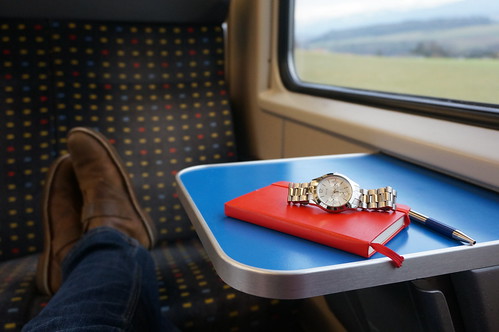

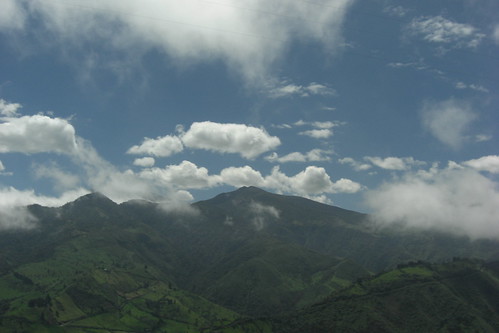


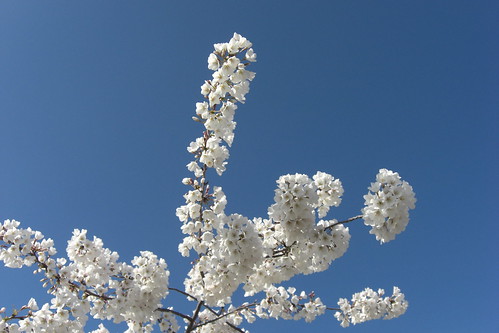


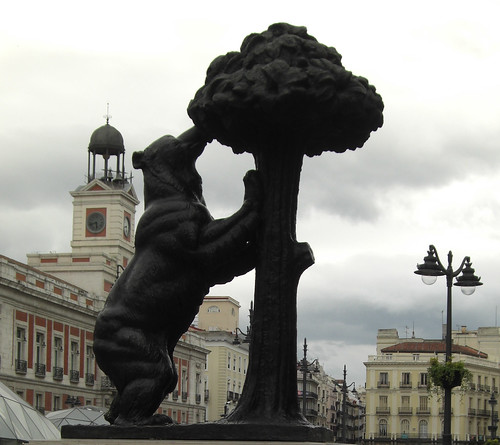

 11:30 PM
11:30 PM
 J-Mad
J-Mad

 Posted in:
Posted in: 

